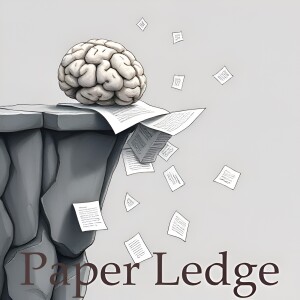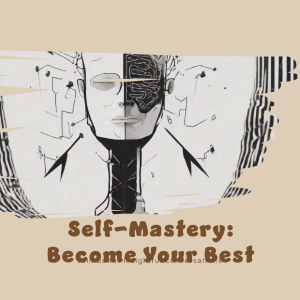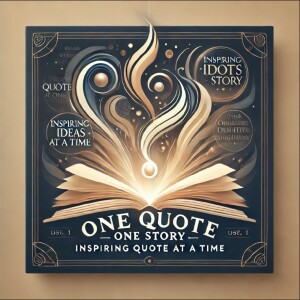

Computation and Language - Multimodal Latent Language Modeling with Next-Token Diffusion
Alright learning crew, Ernis here, ready to dive into some seriously cool research! Today, we're unpacking a paper that's trying to solve a HUGE problem in the world of AI: How do we get computers to understand and create things using all sorts of information – not just text, but also images, audio, and video?
Think about it. You can describe a picture in words, or you can draw a picture instead of writing words. A computer needs to be able to do both, and understand how they relate. That's where this paper comes in.
The researchers have come up with something called Latent Language Modeling (LatentLM). The core idea is to create a universal translator of sorts, a single system that can handle both discrete data, like words and code, and continuous data, like images, audio, and video. It's like teaching a computer to speak all the languages of the world, not just one!
So how does it work? Well, imagine you want to describe a photo to someone who doesn't speak your language. You might draw a quick sketch instead. LatentLM does something similar. It uses a clever technique called a Variational Autoencoder (VAE) to turn complex data like images into a simpler, more manageable form – a "latent vector." Think of it like creating a simplified blueprint of the image. This blueprint captures the essence of the image without all the messy details.
But here's the tricky part: How do you generate these blueprints in the first place? That's where something called next-token diffusion comes in. Imagine you're painting a picture one brushstroke at a time, each stroke building on the previous one. Next-token diffusion is kind of like that, but for creating these latent vectors. It starts with nothing and gradually adds information, step by step, until you have a complete blueprint.
Now, VAEs can sometimes run into a problem called variance collapse. It's like the blueprint becomes too simple and loses important details. The researchers came up with a clever fix called $\sigma$-VAE to prevent this from happening, ensuring that the blueprint captures all the important information.
Okay, so what does all this mean in the real world? The researchers tested LatentLM on a bunch of different tasks, and the results were pretty impressive:
- Image Generation: LatentLM was able to create images that were just as good, if not better, than other cutting-edge AI models, and it could handle much larger images.
- Multimodal Language Models: When they added LatentLM to existing language models, it made them much better at understanding and generating all sorts of data, not just text.
- Text-to-Speech Synthesis: LatentLM was able to create realistic-sounding speech from text, and it did it much faster than other models. It even did a better job of capturing the speaker's unique voice.
In essence, LatentLM is a big step towards creating AI that can truly understand and interact with the world around us in a more natural and intuitive way.
So, why should you care about all this? Well, if you're a:
- Developer: This could unlock new possibilities for creating AI-powered applications that can understand and generate all sorts of data.
- Artist: Imagine using AI to create new and innovative art forms that blend images, audio, and text in unexpected ways.
- Educator: This could lead to new and engaging ways to teach complex concepts using multimodal learning experiences.
- Anyone interested in the future of AI: This research is pushing the boundaries of what's possible and bringing us closer to a world where AI can truly understand and interact with us in a more meaningful way.
This research opens up some exciting possibilities. Here are a couple of questions that popped into my head:
- Could LatentLM be used to create AI assistants that can understand our emotions and respond in a more empathetic way?
- What are the ethical implications of creating AI that can generate realistic-sounding speech and images? How do we prevent it from being used for malicious purposes?
That's all for today, learning crew! I hope this gave you a good overview of LatentLM and why it matters. Until next time, keep learning and keep questioning!
Credit to Paper authors: Yutao Sun, Hangbo Bao, Wenhui Wang, Zhiliang Peng, Li Dong, Shaohan Huang, Jianyong Wang, Furu Wei
More Episodes
All Episodes>>Create Your Podcast In Minutes
- Full-featured podcast site
- Unlimited storage and bandwidth
- Comprehensive podcast stats
- Distribute to Apple Podcasts, Spotify, and more
- Make money with your podcast












